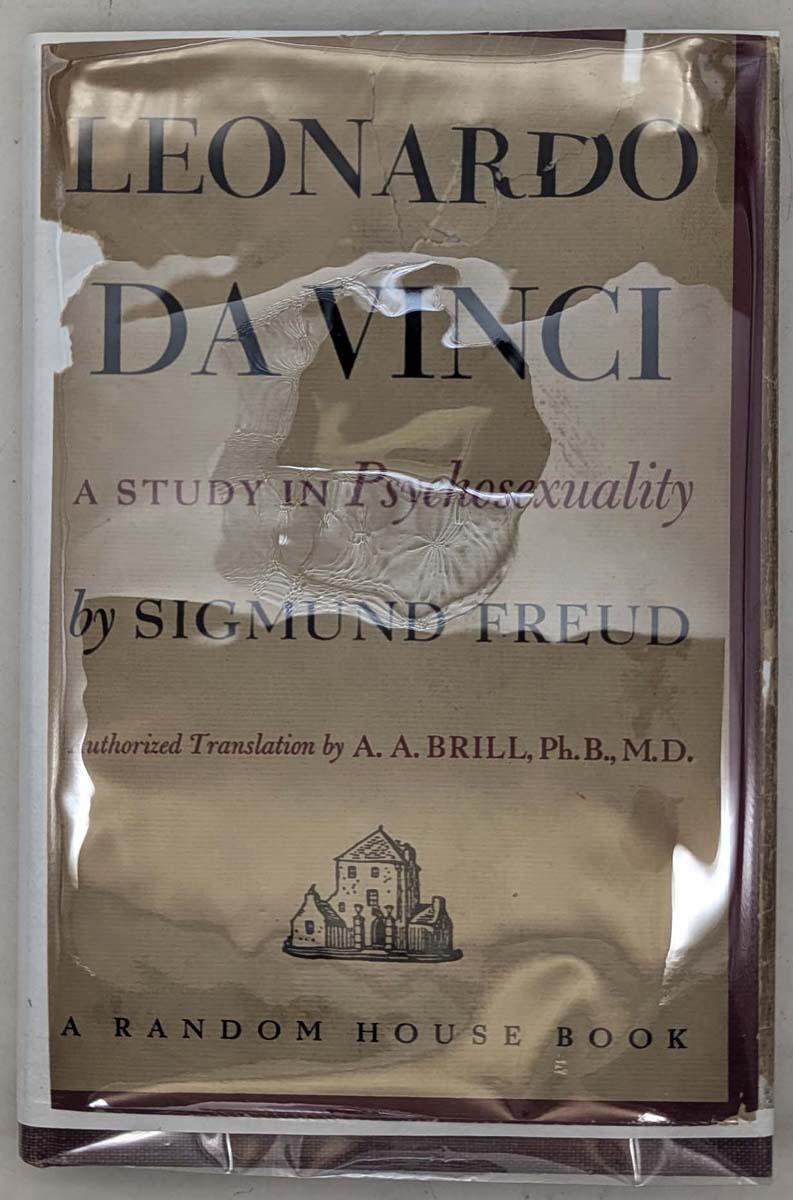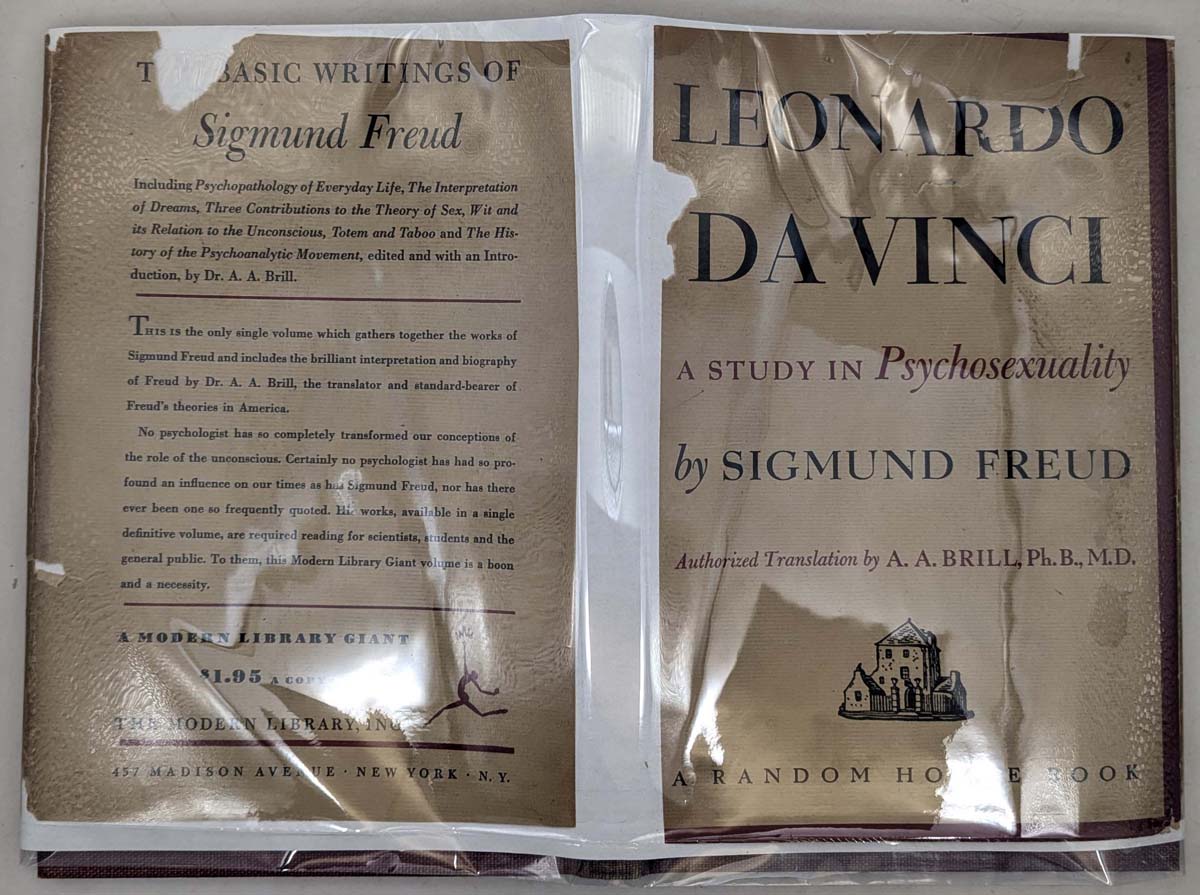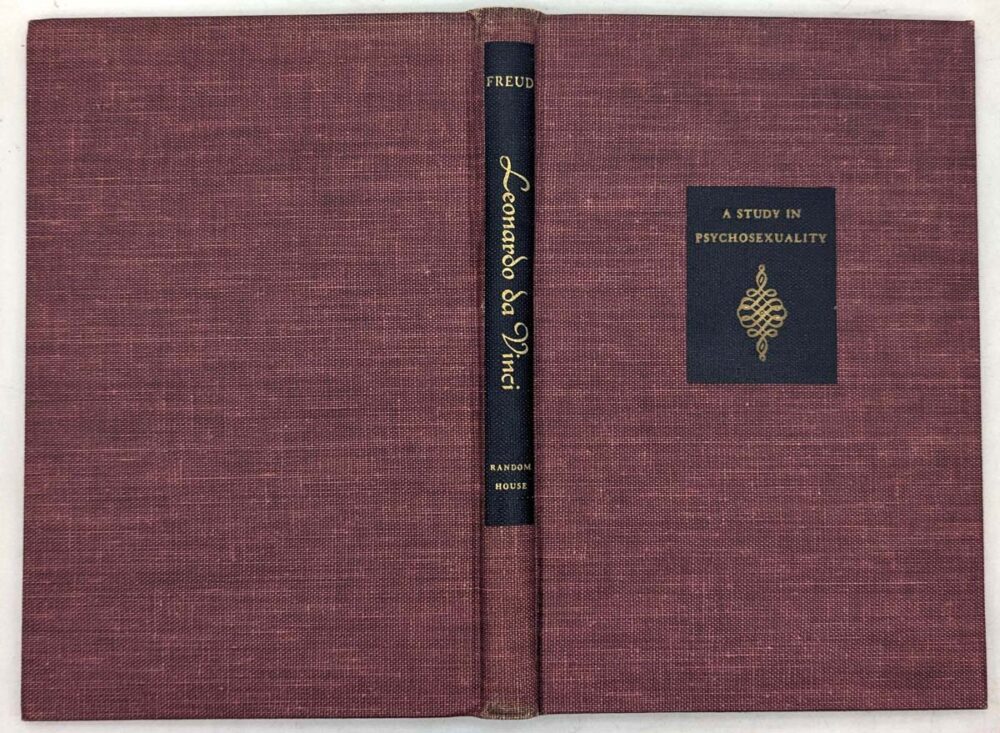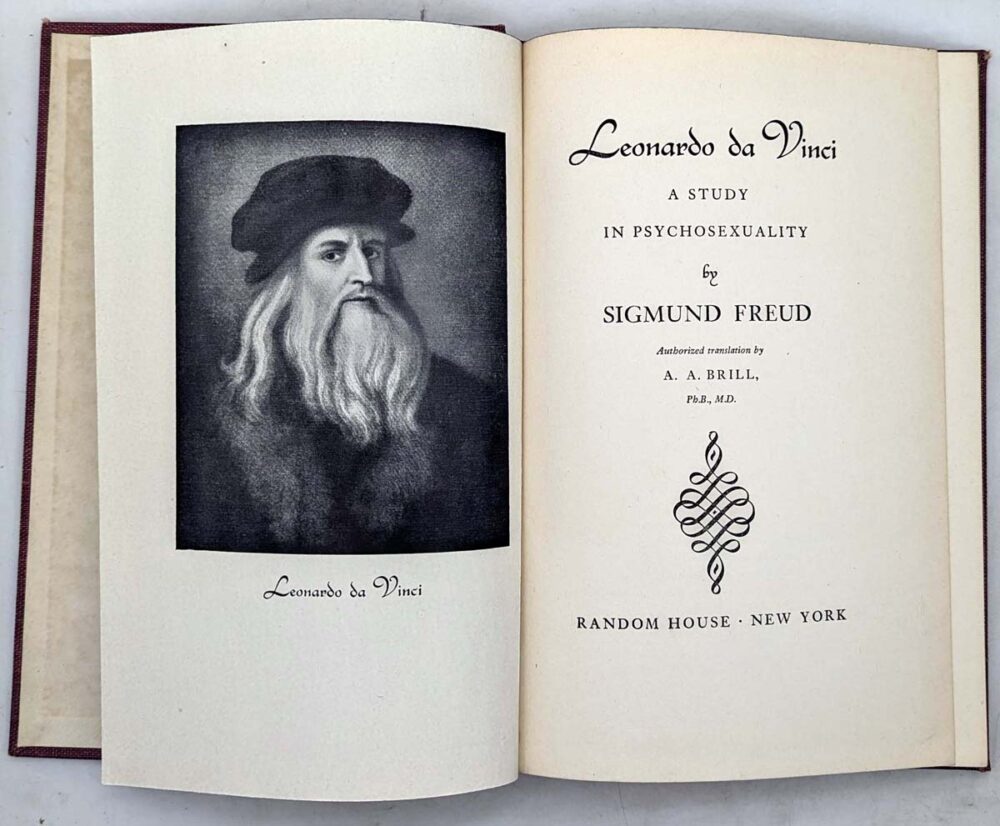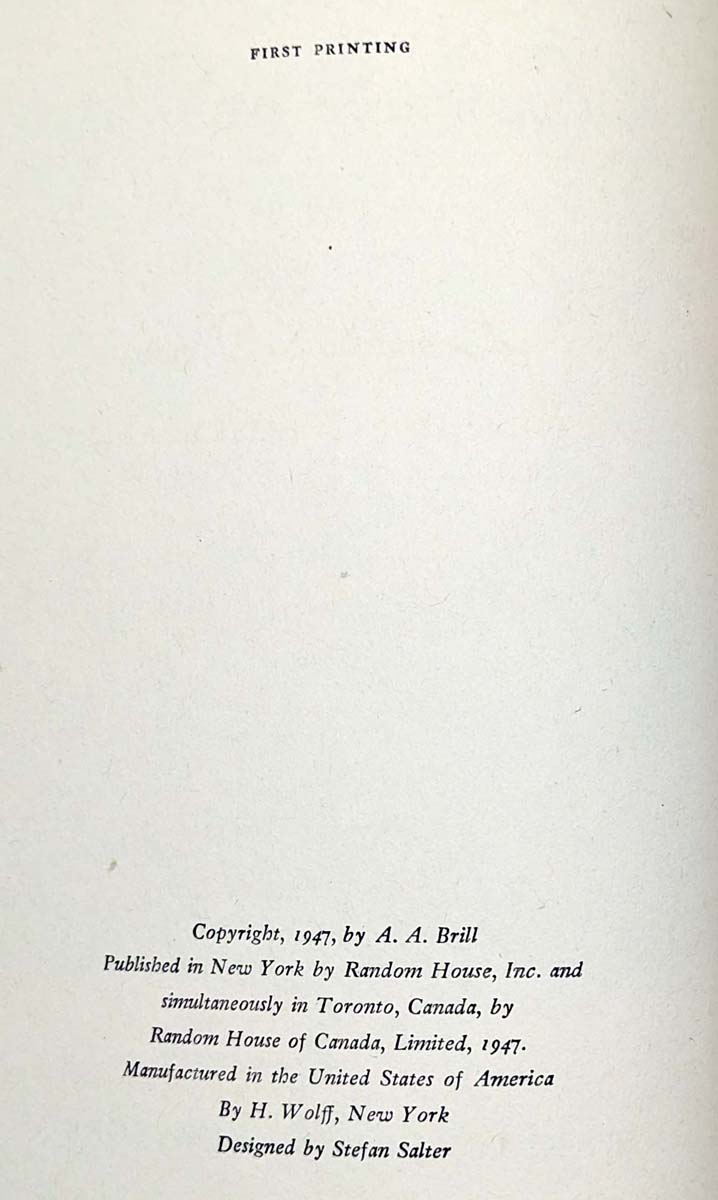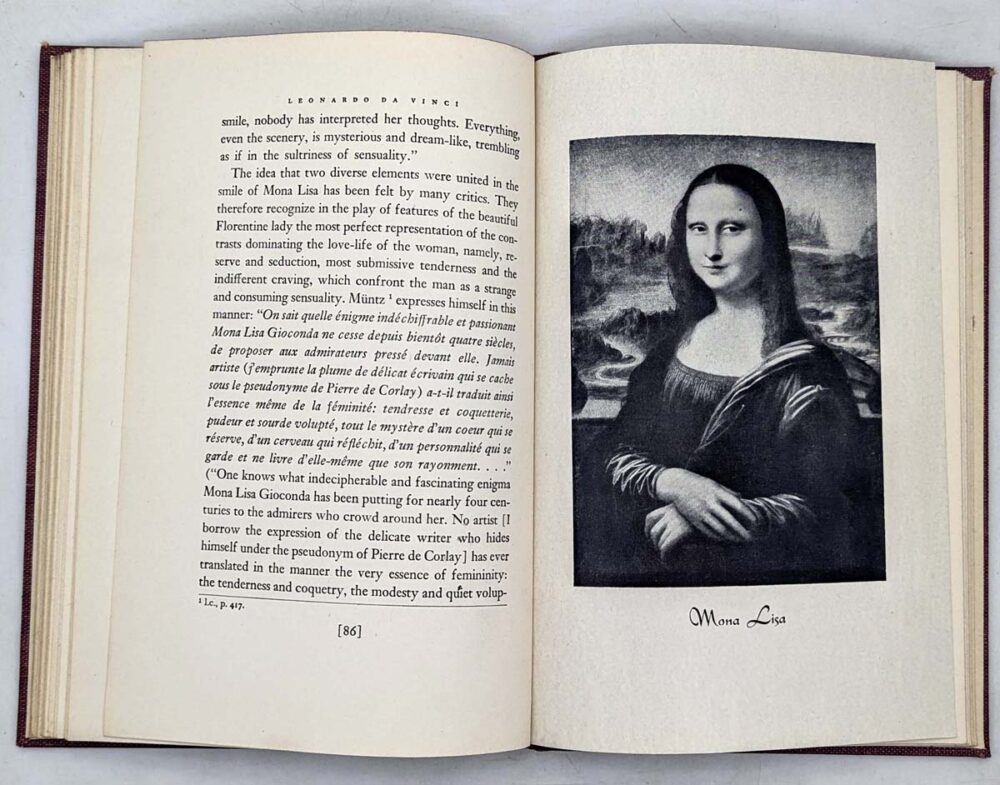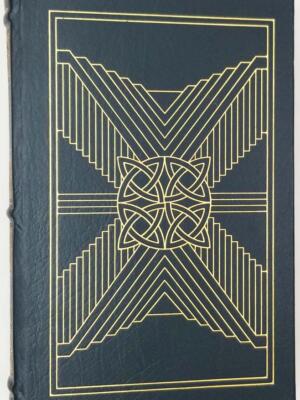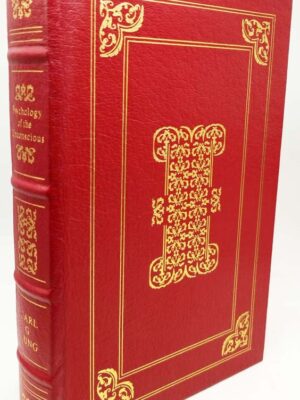Leonardo da Vinci: A Study in Psychosexuality (1947) is the English translation of Sigmund Freud’s pioneering 1910 psychoanalytic essay, Eine Kindheitserinnerung des Leonardo da Vinci (A Childhood Memory of Leonardo da Vinci). In this controversial work, Freud dissects the Renaissance master’s inner life through the lens of psychoanalysis, focusing on Leonardo’s repressed homosexuality, creative ambivalence, and an enigmatic childhood memory involving a kite (mistranslated by Freud as a “vulture”). Freud interprets this memory as a sublimated maternal fantasy, linking it to Leonardo’s androgynous art (Mona Lisa, John the Baptist) and his relentless scientific curiosity—which Freud frames as redirected sexual energy.
Though groundbreaking in its attempt to bridge psychology and art history, Freud’s analysis is marred by factual errors (like the vulture/kite confusion) and a reductionist view of Leonardo’s genius. Modern scholars critique its speculative leaps but acknowledge its influence on psychobiography and queer theory. The 1947 edition, published amid postwar fascination with Freudianism, helped cement the essay’s status as a provocative, if flawed, classic.
For Readers Intrigued by Freud or Leonardo:
- Leonardo da Vinci: Flights of the Mind by Charles Nicholl – A nuanced biography contextualizing Freud’s claims.
- Freud’s Art: Psychoanalysis Retold by Janet Sayers – Re-examines Freud’s artist studies.
- The Secret Lives of the Great Artists by Elizabeth Lunday – Explores psychoanalytic myths about creators.
A compelling artifact of Freud’s bold, contentious methods.
